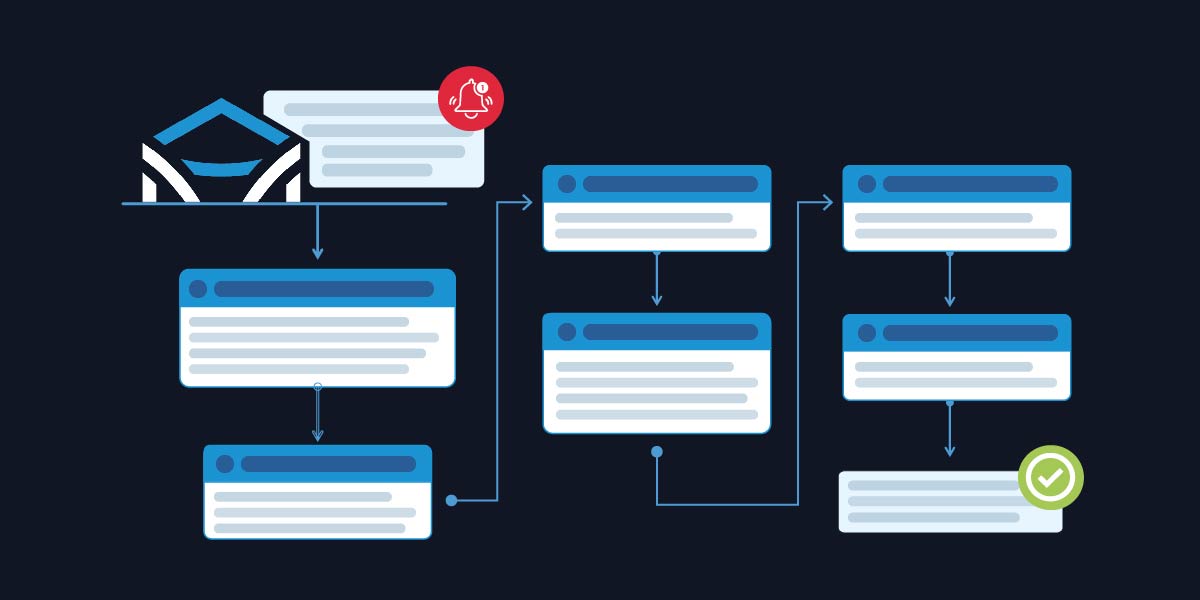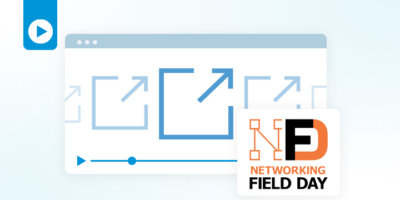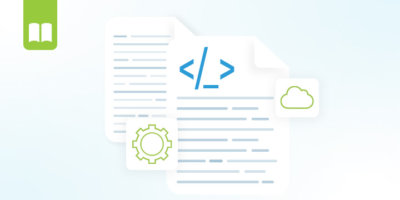The widespread use of automation within networking hasn’t progressed as quickly as other areas of IT, but at Itential we see more and more network practitioners adopting tools to help them automate their day-to-day work in efforts to reduce the backlog that is always haunting them. While it’s great that this leads to a slight reduction in manual effort, it unfortunately also becomes impossible to scale. With this approach, automation is only occurring for the network change itself and not focused on the full end-to-end process that encompasses multiple people, time, and systems.
Without the right solution to overcome this, most organizations will fall back to individuals manually clicking IT system dashboards, using copy and paste, and running their own automation scripts. This naturally slows down even the most simple of network requests, and actually works counter to the idea of automation. Recently, Itential’s own Peter Sprygada joined the Packet Pushers podcast and had a great discussion with Ethan and Greg on how network teams can take a different approach and start to accomplish scalable automation from ticket creation to ticket closure by taking these three steps with the right automation solution.
1. Consolidate & Leverage Existing Automations Assets
The first step on the journey to scalable automation almost always start with that decision to write a few scripts. But in order to make it scalable, enterprises must implement a way to organize and consolidate all of the automations that different individuals on the network team are utilizing. You might be surprised at how many different automation assets are out there, many using different tools to accomplish a network task. Once you start collecting assets, you see scripts such as Ansible and Python for sure, but you might also find automations using older programming languages as well.
The only way to progress on your journey is by consolidating all of your automation assets into one platform so you can prove visibility to all of your team’s automations, allowing members to “share and compare” and help foster an environment where oversight, learning, and accessibility is encouraged.
2. Integrate with Automations
Once you have consolidated all of your current automation assets, the next step is to ensure integration works between all of these automation assets. Consider a request to enable an application — this may require several network changes as part of the overall process. A switch in the data center may need to be updated along with a change to one or more firewalls. While the data center team may be using Ansible to make changes to data center switches, the network security team may be using Python for firewall changes. While these individual automations may work fine in isolation, how do you run them together as steps of a larger process? Instead of falling back to a different person manually running their own automation, there should be an easy way to tie these automations together that doesn’t require writing and maintaining custom code.
Integration of IT systems must be part of the solution as well, especially considering how often different IT systems are manually referenced, and how long it takes each time they are. By integrating systems like IPAMs and change request and ticketing systems, automations will increase efficiency and refund even more time to the network team so they can focus their talents on other efforts.
By taking this approach, network teams can also extend their automation past the network change itself and start to accomplish scalable automation by starting with the ticket creation itself and running all the way until that ticket is closed.
3. Extend Automation Accessibility
The last step along the way is making these automations accessible to your entire organization. How do you accommodate more network team members to work on automations, especially when they have no interest in learning a new language or system? There is a tremendous amount of stored network knowledge that needs to be expressed in automation, especially around determining network conditions before a change (pre-checks) and after a change (post-checks). Consider how to include these valuable team members into the automation strategy by using ways that simplify or remove the requirement for them to sit in front a text editor or IDE and write code. Instead, they should have a way to create and maintain these pre- and post-check conditions, which are required in order for scalable network automations.
As network teams built robust network automations, they should have the ability to make them available to other IT teams as well. For instance, the DevOps team would certainly appreciate the network team providing an API call that for a service that they can integrate into a CI/CD pipeline. For organizations that utilize ServiceNow, network team should be equipped to publish their automations so they can be part of a ServiceNow catalog entry.
Network automation is progressing, but there is still much work to be done. The great news is that there are more and more networkers utilizing different automation tools and scripts to get more of the daily backlog reduced, however there needs to be a strategy around how to consolidate these tools, how to integrate them together easily, and how to extend access to members within the network team and outside of it. By successfully taking these three steps, we see network teams finally able to achieve scalable automation that spans from ticket creation to ticket closure.
Listen to the full podcast here and learn how Itential’s robust network automation solution is helping network teams to easily progress through each step of their journey toward scalable network automation.






